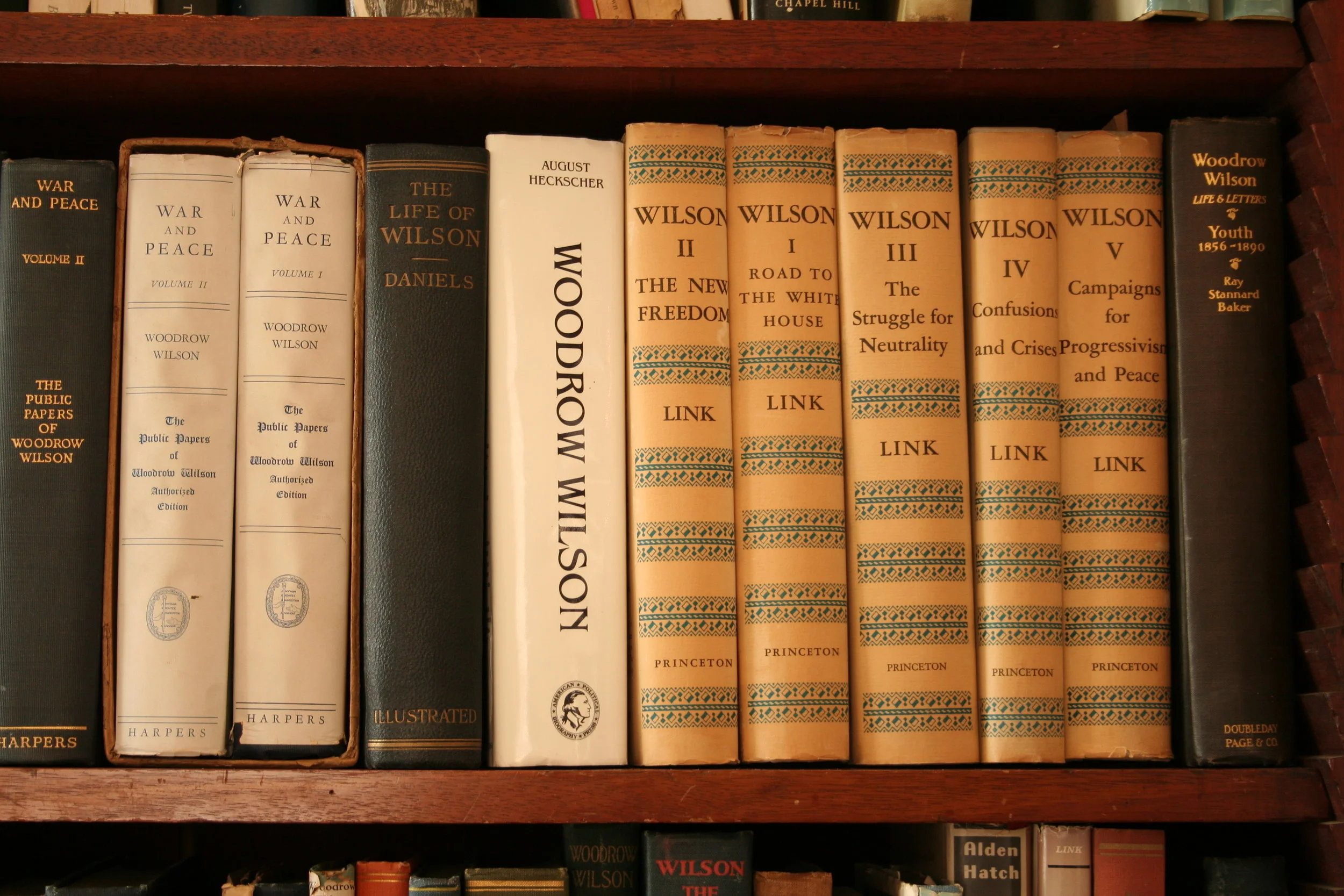In the Navy
/You may have heard about the Great White Fleet of sixteen battleships, which President Theodore Roosevelt sent around the world in December of 1907 as a show of American naval strength. This was after Japan had defeated Russia in a Pacific war and just as the United States was preparing to complete the Panama Canal. America was about to become even more involved in trade and conflict by sea, just as other powers were appearing on the world stage. President Roosevelt wanted to show the world that his country was ready.
Before the Great White Fleet sailed, the American navy was already preparing the way with coaling stations and harbors around the world, while working to create the peaceful relationships needed to be a global power. One aspect of this action was the USS Maryland, a Pennsylvania-class armored cruiser, that transferred in September of 1906 from the Atlantic Fleet to Asia.
On board was young doctor, Cary T. Grayson who had just earned his second MD in 1904. In all, Grayson served nearly two and a half years as a doctor on the Maryland as it sailed to Cuba, around the Cape Horn to Hawaii, the Philippines, Japan, and Egypt before going through the Suez Canal.
Dr. Grayson kept a scrapbook of his time at sea, and we are lucky enough to have it here at the Woodrow Wilson Presidential Library. The pictures show a bit of life on board and the relationships that the navy officers developed amongst themselves. Even more interesting is that Grayson’s scrapbook shows what an adventure they were all on. The scrapbook itself consists of colorized prints of life in Japan before modern technology had really come to effect the everyday lives of people. Along with temples and sumo wrestlers, there are many images of traditional crafts. The dozens of loose pictures left between the pages of the scrapbook show Grayson and his friends touring places such as the pyramids of Egypt, the imperial palaces of China, and the Acropolis in Greece.
We are currently working at making these images available through our digital archive, and also trying to put together a digital exhibit of the trip. One serious consideration is that the photographs in the actual scrapbook have been glued down aggressively to one-hundred-year-old paper, so we hope to get some support for the preservation requirements of this project. Check back on this space for further developments!















